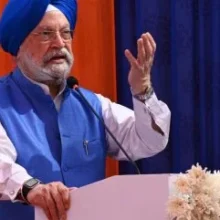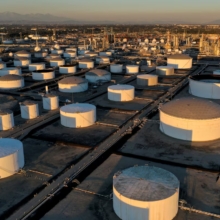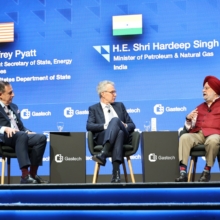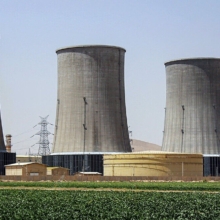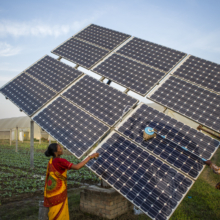Indian Oil achieves 15% ethanol blending across India
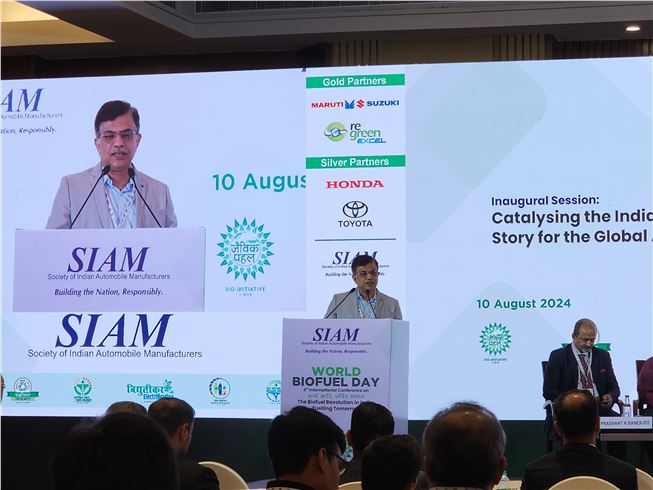
RoydadNaft – On an average, ethanol blending presently exceeds 13% across all OMCs across the country, while Indian Oil leads the pack at 15%.
With India moving steadily towards achieving its 20% nationwide ethanol blending target by 2025, the average blending ratio has currently touched 15%. The country’s largest oil marketing company (OMC) Indian Oil says it leads other players, with 15% blending in petrol being dispensed from its outlets across the country.
According to Sujoy Choudhury, Director, Indian Oil Corporation, “The government is taking all initiatives to ensure E20 availability across the country. It is a story that all OMCs must together arrive at.”
“While the journey appears to be arduous, with support from countries such as Brazil, India has been able to achieve 13.2% blending on an average blending of ethanol in the present day, whereas Indian Oil is already standing at blending rates in excess of 15%,” Choudury said. He was speaking at an event organised by the Society of Indian Automobile Manufacturers (SIAM) in New Delhi on August 10, on the occasion of World Biofuel Day.
As India traverses its way towards carbon neutrality by 2070, biofuel interventions like ethanol blending in fuel is considered as a key enabler to lower the carbon emissions from the transportation and aviation sectors.
According to KC Sharma, Chief Engineer (MVL), Ministry of Road Transport and Highways, “Biofuel has been an essential part of achieving the net-zero targets, and India has made substantial strides towards bio-ethanol and bio-CNG. While the country was at 1-2 percent ethanol blending in 2014, the present day’s blending ratio is pegged at 15 percent. The journey has been made possible by all stakeholders.”
Concerns around compatibility
However, despite the government’s accelerated push towards E20, there are concerns around the impact of ethanol-blended fuel in vehicles that do not comply with such high blends in fuel. While ethanol is understood to degrade certain components such as rubber gaskets and plugs in the fuel circuit of a vehicle due to its hygroscopic nature, the Automotive Research Association of India (ARAI) has conducted a study to assess the impact of E20 on vehicles which are up to 15-years old.
According to sources, the findings do not ascertain any substantial impact on vehicles despite running extensively on such high-blended fuels, and would only require replacement of certain fuel-line components at the service level. “While there is no compulsion to replace these parts in every non-E20-compliant vehicle, they must only be changed, if needed,” the source said.
According to Sharma, “We need to take very active steps to achieve India’s carbon neutrality target of 2070, and all stakeholders, including the OEMs, and OMCs, are coming together to make it possible. Even SIAM acknowledges what the benefits of ethanol eventually would be. Government will also create mass awareness to make consumers aware of the real-life benefits of ethanol blending,” he signed off.






